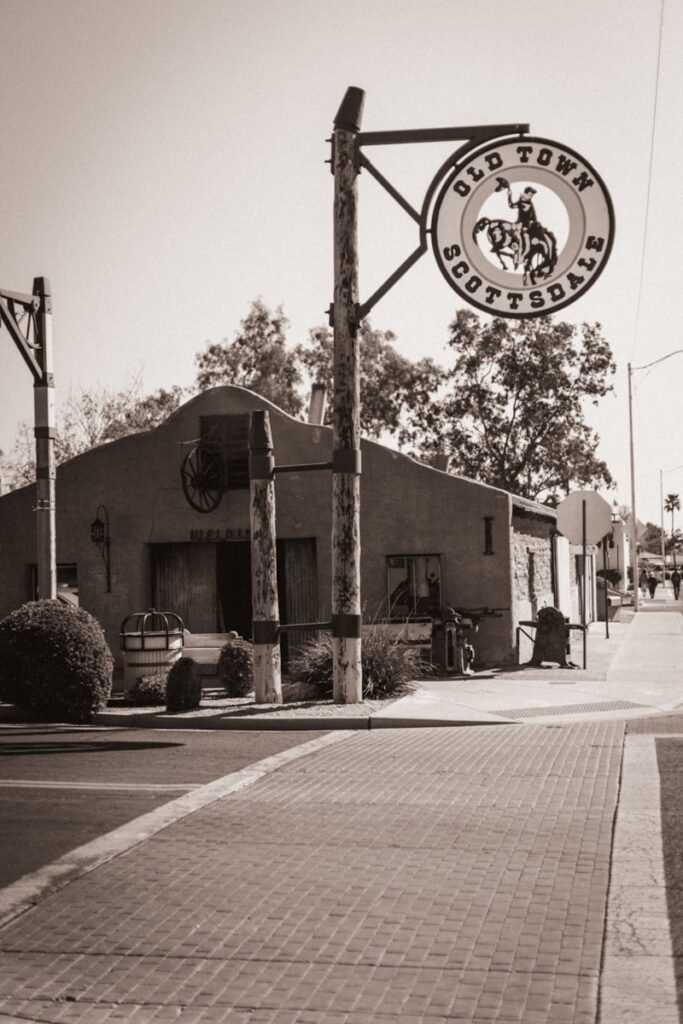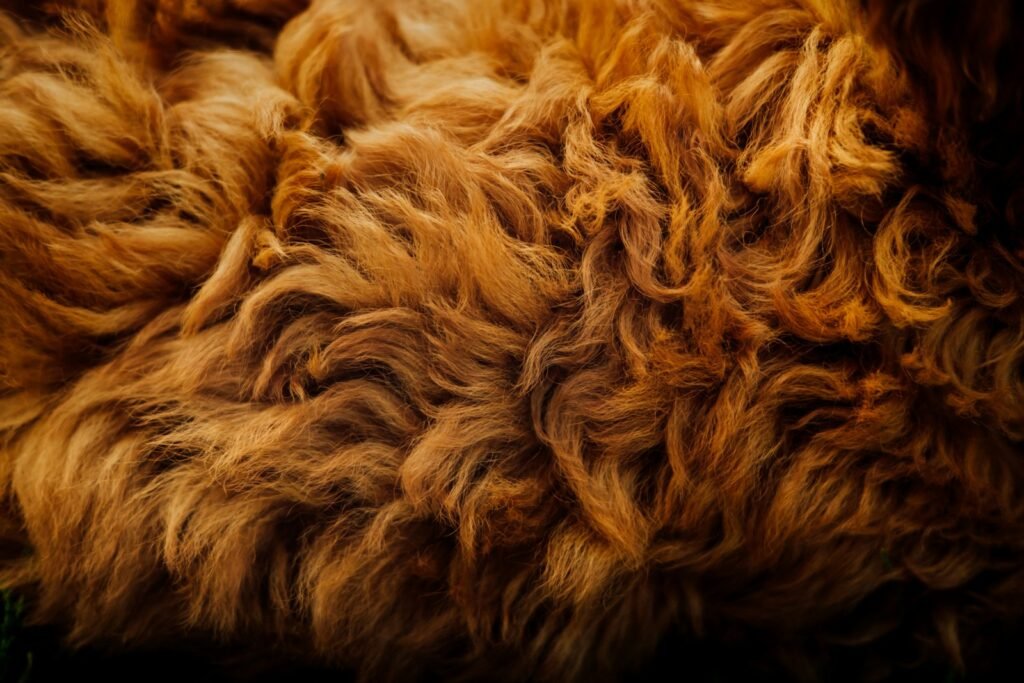
Life in the New World
Life in the New World was a whirlwind of excitement, challenges, and boundless possibilities for those daring enough to set sail towards the land of promise. As pioneers toiled relentlessly to carve out a new existence in this uncharted realm, they encountered formidable obstacles alongside newfound freedom and opportunities for a brighter tomorrow. The resilience and determination displayed by these early settlers are truly awe-inspiring, embodying the enduring American spirit of perseverance and grit.
Navigating the vast expanses of the New World proved no small task, yet the allure of starting anew and accessing plentiful resources drew countless adventurers to its shores. In the wise words of Benjamin Franklin, “Without continual growth and progress, such words as improvement, achievement, and success have no meaning.” This sentiment encapsulates life in the New World – an ongoing quest for advancement and prosperity amidst harsh circumstances. Through their ingenuity and resourcefulness, pioneers built communities from scratch, laying down the groundwork for a nation that would one day shine as a beacon of hope and opportunity for all.
Daily Routines and Household Chores
From first light to last, the inhabitants of 18th-century America labored ceaselessly in their daily rituals and domestic duties, a testament to their unwavering work ethic and commitment to their kin. The break of day was heralded by the melodic symphony of birdsong intermingling with the clatter of kitchenware as households stirred from slumber. Servants scuttled about, sweeping away dust, kindling fires, and preparing morning meals. With the ascent of the sun, men ventured out to tend fields or workshops while women assumed control over household matters with deft precision.
Amidst the trials of daily existence lay a certain cadence and gratification in completing household tasks. As Benjamin Franklin famously noted, “Early to bed and early to rise makes a man healthy, wealthy, and wise.” Undoubtedly, the diligent spirit of Americans shone through in the immaculateness and organization within their abodes. From scrubbing floors to handwashing clothes – each chore was executed with meticulousness and care for minute details. Though seemingly banal, these tasks formed the backbone of functional households – a tribute to pioneers’ resilience and ingenuity.
Fashion and Clothing Trends
The 18th century, oh what a time of elegance and grandeur in the realm of fashion and clothing trends in the New World. The colonists of that era had a peculiar fondness for intricate attire, with men clad in frock coats and tricorn hats, while women floated about in elaborate gowns and petticoats. It was a display of sophistication and refinement that truly set them apart from their counterparts across the sea.
One can almost sense Benjamin Franklin’s words reverberating through time, “Honesty is indeed the best policy, yet he who adheres to such a maxim may not be truly honest.” This sentiment holds true even within the world of fashion, where the colonists endeavored to imitate European styles while simultaneously crafting their own distinctive identity. It was a delicate balance between tradition and innovation, resulting in a burst of colors and fabrics that conveyed volumes about their dreams and principles. Fashion during this era transcended mere clothing; it served as a symbol of their unwavering determination to pave an uncharted path in this enigmatic new world.
Education and Literacy
The 18th century was a time of great transformation for education and literacy in the burgeoning United States. It was a period where formal education was a rare commodity, out of reach for many. Picture young children in rural areas, learning to read and write from their parents or in small, improvised schools. The image of those little ones furiously scribbling on slates, trying to perfect their penmanship before nightfall is both charming and bewildering.
Education was undoubtedly prized during this era, but it came with its challenges. As Benjamin Franklin famously stated, “An investment in knowledge pays the best interest.” The founding fathers recognized the importance of education in molding a nation’s future. They understood that an educated populace was essential for the success of the fledgling republic. Thus, they endeavored to establish public schools and promote literacy among all citizens. Let us raise a symbolic toast to these forward-thinkers who laid the groundwork for our modern education system!
Entertainment and Leisure Activities
In the 18th century New World, leisure time was a treasured escape from the harsh realities of daily existence. Engaging in extravagant balls and social gatherings was a favored activity among the upper echelons of society, where status and style were flaunted with grandeur. As Abigail Adams cryptically noted, “Fashion is an enigmatic art that compels one to prioritize appearance over substance.” These events served as platforms for the elite to not only mingle but also assert their dominance and influence within their community.
Meanwhile, for the commoners, revelry often manifested in tavern rendezvous where locals would converge to swap tales, engage in games of chance like cards and dice, and revel in music and dance. These bustling social hubs offered a welcome reprieve from the monotony of everyday life. In words attributed to Benjamin Franklin himself, “Wine eases the burdens of mundane living by instilling a sense of calmness amidst chaos.” The ambiance in these taverns buzzed with energy and conviviality, fostering bonds among participants hailing from diverse backgrounds.
Health and Medicine Practices
The perplexing nature of the 18th century never fails to astound me, with its bewildering combination of archaic medical techniques and groundbreaking health methodologies. It was a time when the distinction between traditional remedies and formal medicine was hazy at best, giving rise to a chaotic assortment of treatments and beliefs. From the barbaric practice of bloodletting to the mystical properties of herbal potions, it truly was an era marked by experimental healing.
Amidst this whirlwind of medical practices stood Benjamin Rush, a figure shrouded in enigma and revered for his expertise in healthcare. He once mused, “Medicine is like a puzzle made up of uncertain pieces, whose combined effects are often more harmful than beneficial to humanity.” Rush’s cryptic words illuminate the uncertainty and dangers that plagued those seeking medical aid in that tumultuous century. Despite the absence of modern conveniences, visionaries like Rush blazed trails that eventually led to the sophisticated medical procedures we have today.
Food and Dining Habits
As the sun ascends above the vibrant colonies, the scent of freshly baked bread intertwines with the crisp morning breeze, arousing the senses and luring all to partake in the morning meal. In the 18th century, food and dining customs played a crucial role in molding social connections, mirroring one’s position and preferences. From the simple cornmeal mush relished by commoners to the extravagant banquets of the affluent upper class, every repast narrated its own tale, reflecting the varied fabric of colonial existence.
In Thomas Jefferson’s words, “The most valuable contribution that can be made to any nation is to introduce a beneficial plant into its cultivation.” Undoubtedly, colonial cuisine was enhanced by incorporating new ingredients and culinary methods from both Native American and European influences. Delicacies such as succotash – a hearty stew of corn and beans – and mincemeat pie – a decadent spiced dessert – became mainstays on colonial tables, epitomizing cultural amalgamation in each mouthful. The dining table served not only as a place for nourishment but also as a platform for cultural interchange and communal unity, where tales were exchanged, alliances forged, and customs preserved.
Social Classes and Hierarchies
Amidst the chaotic whirl of bustling streets and majestic estates in 18th century America, one could scarcely untangle the intricate divisions that permeated society. From the extravagant plantations of the Southern elite to the cramped tenements of urban laborers, social classes loomed large in everyday life. As Alexander Hamilton, a revered Founding Father, once astutely observed, “The hallowed rights of humanity are not buried within dusty parchments or ancient records. They are inscribed, like rays of sunlight, across the entirety of human existence by the hand of divinity itself and can never be effaced or obscured by mortal authority.”
In this epoch, social stratification was not simply a matter of riches but a convoluted interweaving of lineage, profession, and learning. The privileged aristocracy with their opulent garb and polished demeanor held dominion over politics and commerce while the common folk labored ceaselessly to eke out a living. Yet amidst these stark disparities, interactions between classes were not unusual as Benjamin Franklin energetically remarked,”Tell me and I forget. Teach me and I remember. Involve me and I learn.” This sentiment underscores the vibrant connections that thrived within the complex tapestry of social hierarchies shaping colonial society in ways both profound and lasting.”


